Whether you’re towing a trailer for work or play, you want to be sure that your vehicle and trailer are safe and secure.
One way to do this is by using a weight distribution hitch with a sway bar.
But do you really need both?
In this blog post, we will go over whether or not you need a sway bar with your weight distribution hitch.
Do You Need a Sway Bar with A Weight Distribution Hitch?
A sway bar is not required with a weight distribution hitch, but it is recommended for safety.
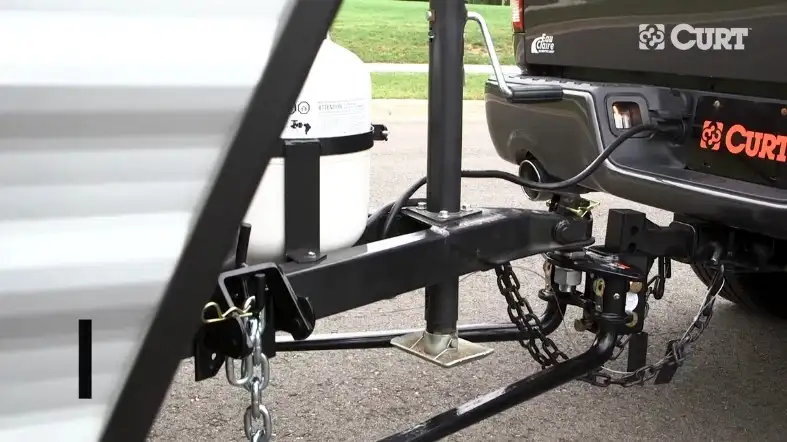
The sway bar is responsible for stopping your trailer from moving side to side while driving.
This is especially important if you are towing a large or heavy trailer.
If you are not sure if you need a sway bar, ask your hitch installer or dealer.
Most weight distribution hitches come with a sway bar.
If your hitch did not come with a sway bar, you can purchase one separately.
Does A Weight Distribution Hitch Reduce Sway?
Yes, a weight distribution hitch can help to reduce sway.
A weight distribution hitch helps to distribute the weight of your trailer evenly.
This helps to keep your trailer from swinging from side to side.
A weight distribution hitch is not a cure for all trailer sway problems.
If you are having trouble with your trailer swaying, you may need to adjust your load, add a sway bar, or adjust your driving.
If you are having trouble with your trailer swaying, the first thing you should do is check your load.
Make sure that your trailer is not overloaded.
An overloaded trailer can cause the trailer to swing side to side.
Also, make sure that your cargo is distributed evenly.
An uneven distribution of weight can also cause your trailer to swing side to side.
If you have checked your load and made sure that it is distributed evenly, and you are still having trouble with your trailer swaying, you may need to add a sway bar.
A sway bar helps to keep your trailer from swinging from side to side.
If you are still having trouble with your trailer swaying, you may need to adjust your driving.
Slow down when you are driving on windy days.
Also, avoid quick starts and stops.
If you are having trouble with your trailer swaying, the best thing you can do is to drive slowly and carefully.
Can Weight Distribution Hitches Replace Sway Bars?
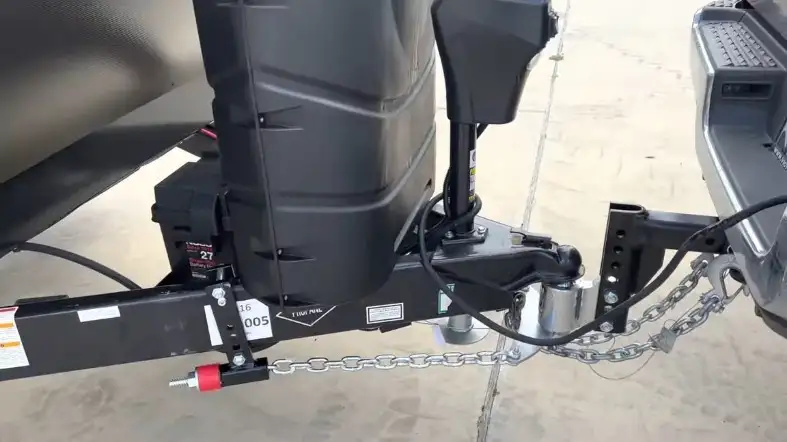
Keep in mind that weight distribution hitches do not replace sway bars.
Generally, sway bars are used for safety.
Sway bars help to keep your trailer from swinging side to side, while weight distribution hitches help to distribute the weight of your trailer evenly.
If you are having trouble with your trailer swaying, you may need to add a sway bar.
If you are having trouble with your trailer swaying, there are a few things you can do: adjust your load, add a sway bar, or adjust your driving.
On the other hand, both weight distribution hitches and sway bars are important pieces of equipment that can help to keep your trailer safe while you are driving.
Does A Weight Distribution Hitch Help with Sway?
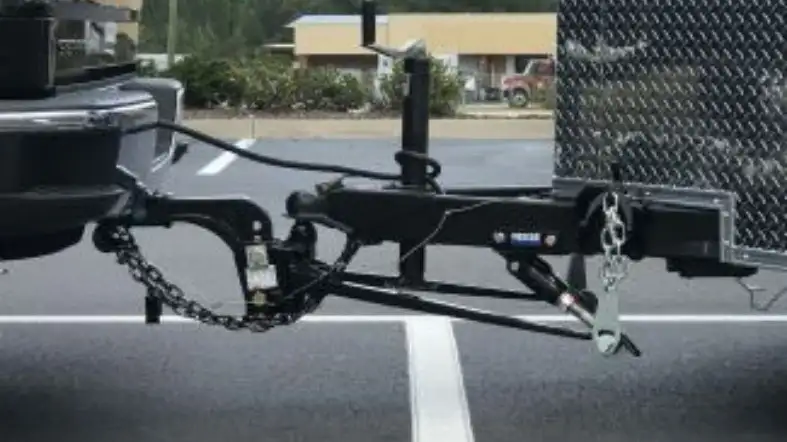
Yes, a weight distribution hitch can help with sway.
You need to make sure that your load is distributed evenly.
If you feel that you are in danger of your trailer swinging side to side, you may need to add a sway bar.
A weight distribution hitch is not a cure-all for all trailer sway problems.
The first thing you should do if you are having trouble with your trailer swaying is to check the load.
Make sure that your trailer is not overloaded and that the cargo is distributed evenly.
If your trailer is still swaying even though you have checked the load and distribution, you might need to add a sway bar.
However, keep in mind that weight distribution hitches and sway bars are not the same things.
It is important to know the difference between the two before deciding which one you need.
Difference Between Weight Distribution Hitch and Sway Bars
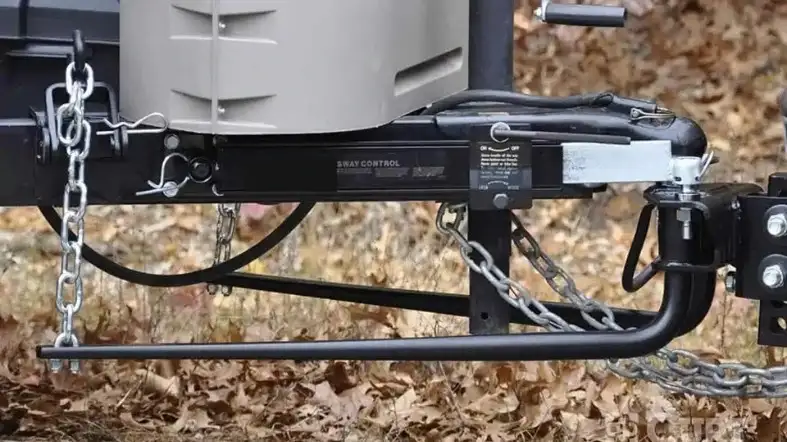
Lots of differences between weight distribution hitch and sway bars.
Below we will discuss some key differences between them:
Towing Basics
When you are towing a trailer, two of the most important things to consider are sway control and weight distribution.
Both of these factors play a role in keeping your trailer stable on the road.
Weight distribution is all about distributing the weight of your trailer evenly.
This helps to keep your trailer from swinging from side to side.
Sway control is all about keeping your trailer from swinging from side to side.
This can be especially important on windy days or when you are driving on a busy highway.
There are two main ways to keep your trailer stable on the road: weight distribution hitches and sway bars.
Both of these methods have their own advantages and disadvantages.
Weight Distribution Hitches
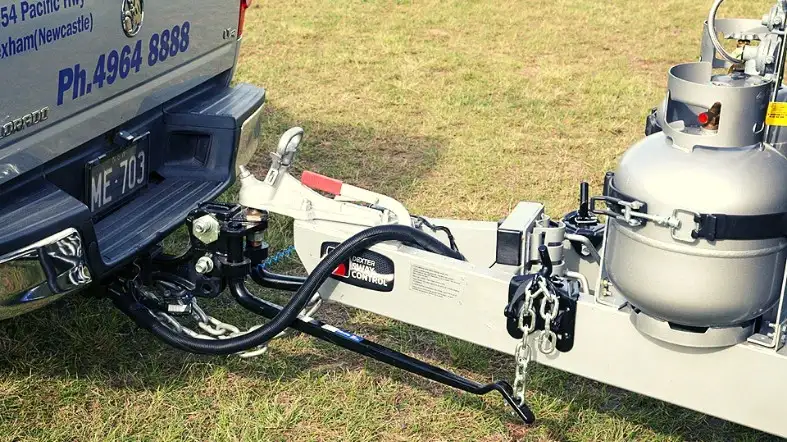
Weight distribution hitches are useful in keeping your trailer’s weight balanced, so it doesn’t swing dangerously from side to side.
Weight distribution hitches are not a cure-all for trailer sway.
If your trailer is swaying back and forth, you may need to install a sway bar.
Weight distribution hitches can be adjusted to match the weight of your trailer.
This helps to keep your trailer stable on the road.
Sway Bars
Sway bars help to keep your trailer from swinging from side to side.
This can be especially important on days when there is a lot of wind or you are driving on a highway that is full of traffic.
Sway bars are not a cure-all for trailer sway.
If you are having trouble with your trailer swaying, you may need to add a weight distribution hitch.
Sway bars can be adjusted to match the weight of your trailer.
This helps to keep your trailer stable on the road.
As you can see, there are lots of differences between weight distribution hitch and sway bars.
When you know the difference between them, it will be easy for you to decide which one you need.
When To Use Sway Bar And A Weight Distribution Hitch?
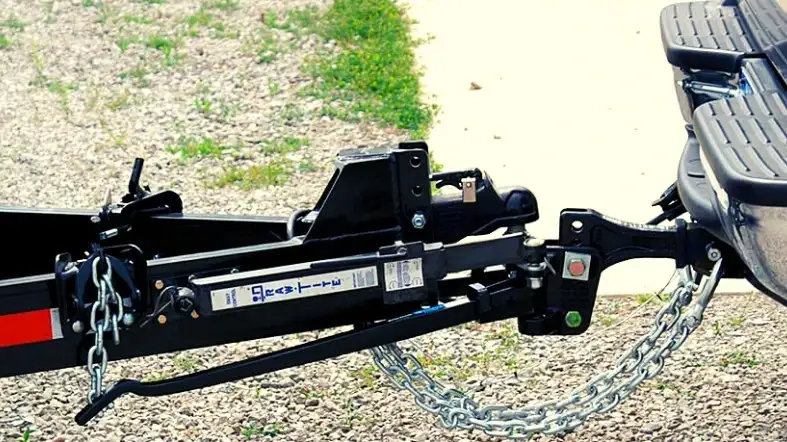
There are times when you need to use both a sway bar and a weight distribution hitch.
When to use Sway Bar
Unlike weight distribution hitches, any trailer being pulled by a vehicle should have some kind of anti-sway device.
This will help to keep your trailer from swaying back and forth, making for a safer and smoother ride.
A trailer brake controller is an important piece of safety equipment that will make your drive smoother and help prevent accidents, no matter how heavy your trailer is.
So, now you know when to use the sway bar.
Let’s move on to the next section where we will discuss when to use the weight distribution hitch.
When to Use Weight Distribution Hitch
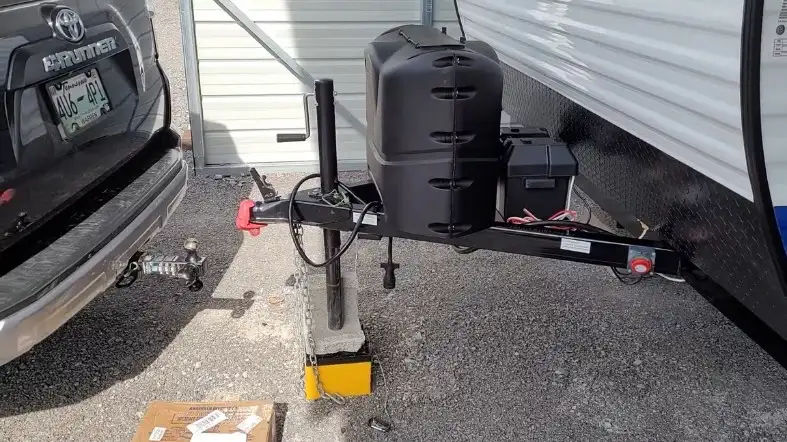
If a trailer is too big or heavy to be towed by the vehicle doing the towing, it becomes much safer when you use a weight distribution hitch.
This type of hitch helps to evenly distribute the weight of your trailer, so your vehicle isn’t overworked.
If you have a particularly large or heavy trailer, you may need to use both a weight distribution hitch and a sway bar.
This will help to keep your trailer stable on the road and prevent it from swaying back and forth.
In many places, it is actually the law to use a weight distribution hitch when towing a large or heavy trailer.
Which One Should You Use?
It is very important to know the difference between weight distribution hitches and sway bars. Which we have discussed earlier.
Depending on the situation, you might need to use one or both of these methods to keep your trailer stable on the road.
If you are having trouble with your trailer swaying, you should first check the load.
Because an overloaded trailer can cause the trailer to swing from side to side.
You should also make sure that the cargo is distributed evenly.
If your trailer is still swaying even though you have checked the load and distribution, you might need to add a weight distribution hitch or a sway bar.
If you are not sure which one you need, you can always consult with a professional.
They will be able to help you choose the right method for keeping your trailer stable on the road.
But you need to know the difference between weight distribution hitch and sway bars before deciding which one you need.
Because they are two different things and both have their own advantages and disadvantages.
FAQs on Do I Need A Sway Bar With A Weight Distribution Hitch
Can You Use Weight Distribution Hitch Without Sway Bars?
Yes, you can use a weight distribution hitch without sway bars.
However, it is not recommended.
This is because a weight distribution hitch helps to distribute the weight of your trailer evenly.
If you don’t have a sway bar, the trailer can still swing from side to side, making for a less stable ride.
Does A Weight Distribution Hitch Prevent Swaying?
No, a weight distribution hitch does not prevent swaying.
However, it can help to reduce the amount of trailer sway.
This is because the weight distribution hitch helps to distribute the weight of your trailer evenly.
If you have a particularly heavy or large trailer, you may need to use both a weight distribution hitch and a sway bar.
Is It Safe To Tow A Trailer Without Sway Bars?
No, it is not safe to tow a trailer without sway bars.
This is because a sway bar helps to keep your trailer from swinging from side to side.
If you don’t have a sway bar, the trailer can still swing from side to side, making for a less stable ride.
Conclusion
Now that you know the answer to the question,
“Do You Need A Sway Bar With A Weight Distribution Hitch?”, you can make a decision about whether or not you need one.
If you have a weight distribution hitch, it is highly recommended that you also use a sway bar.
This will help to keep your trailer in line and prevent it from fishtailing.
If you do not have a weight distribution hitch, you may still want to use a sway bar to help keep your trailer in line.
However, it is not required.
